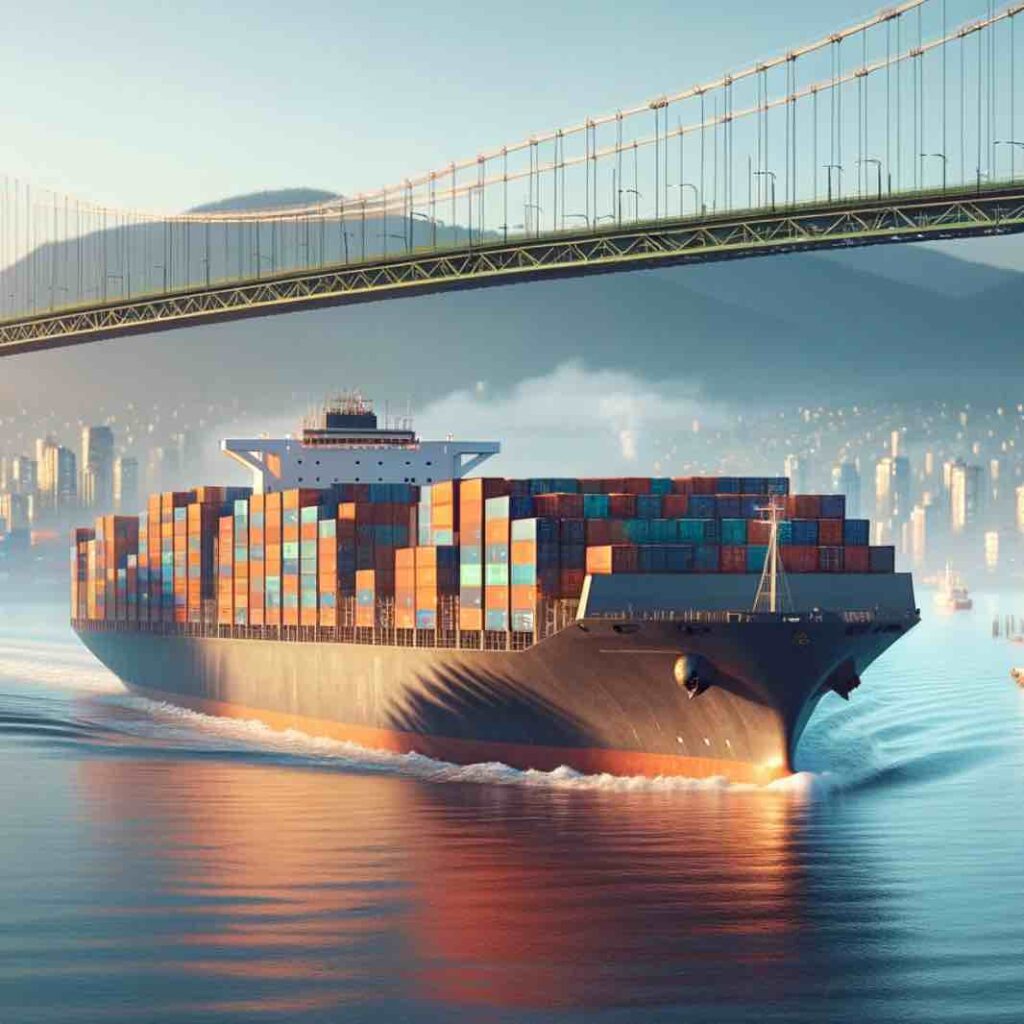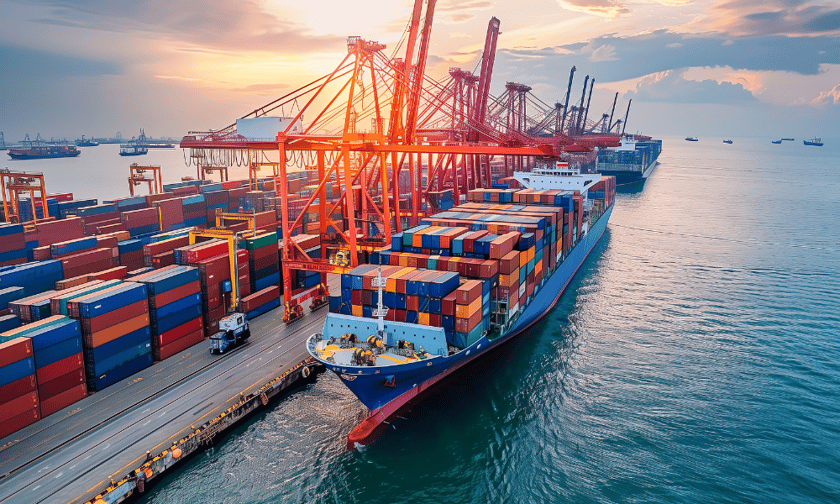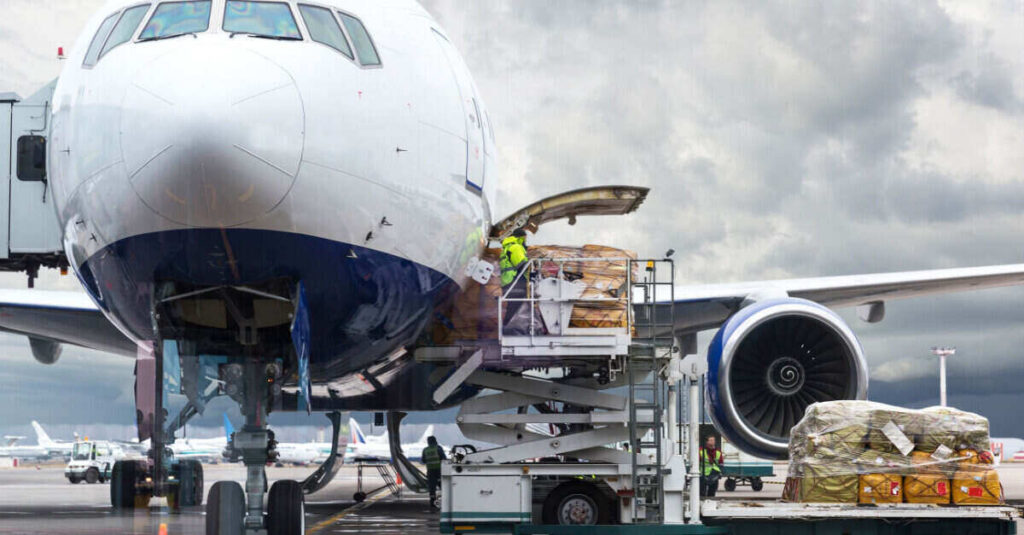- By Della tj
- October 15, 2025
- Sea Freight, Shipping
Table of Contents
Shipping footwear internationally can be challenging, especially when balancing cost and delivery time. If you’re considering shoes sea freight China to Europe, understanding the logistics process, customs requirements, and freight options will help streamline your supply chain. This guide explores timelines, costs, documents, and real shipping cases to ensure a smooth, efficient, and profitable shoe delivery.
What Is Shoes Sea Freight from China to Europe?
Essentially, shoes sea freight refers to transporting bulk footwear shipments via ocean containers from Chinese ports such as Shenzhen, Ningbo, and Qingdao to major European ports like Rotterdam, Hamburg, and Antwerp.
Although sea transport is slower than air, it remains the most cost-effective solution for large shoe volumes.
Moreover, shipping by sea allows flexibility in container types—20ft, 40ft, and 40HQ—to match varying shoe sizes, packaging styles, and brand requirements. Many importers choose Full Container Load (FCL) for exclusive use or Less than Container Load (LCL) to share space and cut costs.
How Long Does Sea Freight Take from China to Europe?
Transit time largely depends on route, port congestion, and weather conditions. Generally, it takes 30–45 days from China to major European destinations.
However, direct services can shorten this window to 25–30 days, while transshipment routes may extend it slightly.
| Route | Port of Origin (China) | Destination Port (Europe) | Estimated Transit Time (Days) |
|---|---|---|---|
| Shanghai – Rotterdam | Shanghai | Rotterdam, Netherlands | 28–32 |
| Ningbo – Hamburg | Ningbo | Hamburg, Germany | 30–35 |
| Shenzhen – Antwerp | Shenzhen | Antwerp, Belgium | 32–40 |
| Qingdao – Le Havre | Qingdao | Le Havre, France | 35–45 |
Tip: Always book at least 6 weeks in advance during peak seasons like Q3–Q4, when global footwear demand rises.
What Are the Main Costs of Shoes Sea Freight from China to Europe?
Several elements contribute to the final sea freight cost. Beyond the base freight rate, importers must account for customs fees, port charges, insurance, and inland delivery.
| Cost Component | Description | Average Range (USD) |
|---|---|---|
| Ocean Freight | Charged per container (FCL/LCL) | $900 – $1,800 / container |
| Documentation Fee | Export and import paperwork | $50 – $120 |
| Insurance | Optional but recommended | 0.3% – 0.5% of cargo value |
| Customs Clearance | Duties, taxes, and inspection | Varies by HS code |
| Inland Delivery | Truck or rail to warehouse | $150 – $500 |
Although sea freight costs fluctuate with fuel surcharges and seasonality, the per-unit shipping cost for shoes remains much lower than air freight—especially for high-volume footwear shipments.

What Documents Are Needed for Shoe Shipping?
Proper documentation ensures smooth customs clearance and minimizes delays.
Below is a checklist importers must prepare before loading the container:
| Document Type | Purpose |
|---|---|
| Commercial Invoice | Details goods’ value and quantity |
| Packing List | Lists carton and item specifics |
| Bill of Lading (B/L) | Official transport record between shipper and carrier |
| Certificate of Origin | Verifies where goods were produced |
| Import License | Required for branded footwear |
| Insurance Certificate | Confirms cargo coverage |
Each document must match the shipment’s declared details exactly. Even a small error in HS code can trigger delays or additional inspections.
What Are the Advantages of Choosing Sea Freight for Shoes?
Sea freight stands out for its cost efficiency and large capacity, particularly when shipping thousands of shoe pairs.
| Shipping Method | Transit Time | Cost | Ideal For | Pros | Cons |
|---|---|---|---|---|---|
| Sea Freight | 30–45 days | $$ | Bulk shipments | Cheapest per unit, reliable | Slow |
| Air Freight | 5–10 days | $$$$ | Urgent orders | Fast delivery | Expensive |
| Rail Freight | 18–25 days | $$$ | Mid-volume goods | Balanced speed | Limited routes |
Additionally, sea freight offers stable pricing trends, making it ideal for long-term footwear import contracts. As a result, brands can forecast logistics budgets with greater accuracy.
Real Case Studies: Shoe Shipping from China to Europe
Case 1 – FCL Shipment (Sports Shoes)
From: Xiamen, China → To: Rotterdam, Netherlands
Volume: 1 × 40HQ container
Weight: 9,800 kg (sports shoes)
Mode: Sea freight (FCL)
Cost: USD 1,450 (excluding customs)
Time: 33 days
✅ Efficient delivery with no demurrage; importer saved 38% compared to air freight.
Case 2 – LCL Shipment (Leather Shoes)
From: Ningbo → To: Hamburg
Volume: 12 CBM, mixed-brand shoes
Mode: Sea freight (LCL consolidation)
Cost: USD 580
Time: 39 days
✅ Ideal for medium-size e-commerce retailer managing multi-brand footwear inventory.
How to Choose the Right Freight Forwarder for Shoe Shipping
Selecting a trustworthy freight partner is crucial for consistent, cost-efficient logistics.
When comparing providers, consider these key factors:
- Experience in footwear logistics (handling branded packaging, labeling, and customs valuation).
- Integrated customs clearance across EU ports.
- Transparent pricing with no hidden terminal or demurrage fees.
- Real-time tracking and insurance support.
In addition, ensure your freight forwarder provides delivery schedule optimization and warehouse support to avoid product delays during high-demand retail seasons.
How to Optimize Your Sea Freight Schedule
To maximize efficiency, importers can follow several strategies:
- Plan shipping 2–3 months ahead, especially before major retail events like Black Friday.
- Use mixed-container loads (FCL + LCL) for varying product lines.
- Leverage bonded warehouses in Europe for faster regional distribution.
- Track market freight rates monthly to secure cost advantages.
Without a doubt, a proactive logistics strategy saves both time and cost. Therefore, continuous coordination between your Chinese suppliers and European distributors is essential for supply chain success.
Conclusion
In summary, shoes sea freight China to Europe remains the most economical and scalable method for international footwear transport. Although it takes longer than air freight, the cost advantage and capacity make it indispensable for global shoe brands.
With careful planning, accurate documentation, and a reliable freight forwarder, you can ensure every pair of shoes arrives safely, on time, and within budget.
Request a Quote
Need a tailored solution for your shipping from China?
Let TJ China Freight Forwarder assist you with reliable, cost-effective service.
FAQ:
Q1.How do I calculate the cost of shipping shoes from China to Europe by sea?
To calculate sea freight cost, consider container size, shoe volume, destination port fees, and current shipping rate fluctuations.
Q2.What documents are required for shoe sea freight from China to Europe?
You’ll need a commercial invoice, packing list, bill of lading, and import license for smooth customs clearance during sea freight.
Q3.Can I ship a small quantity of shoes from China to Europe by sea?
Yes, LCL shipping allows small shoe shipments, combining multiple consignments in one container to reduce overall freight costs.
Q4.How do customs duties affect shoe shipping from China to Europe?
Import duties depend on shoe material, category, and HS code, which customs authorities use to assess tariff rates accurately.
Q5.Are there eco-friendly shipping options for shoes from China to Europe?
Yes, some freight forwarders offer carbon-neutral sea routes and optimized container loads to reduce shipping emissions and environmental impact.




